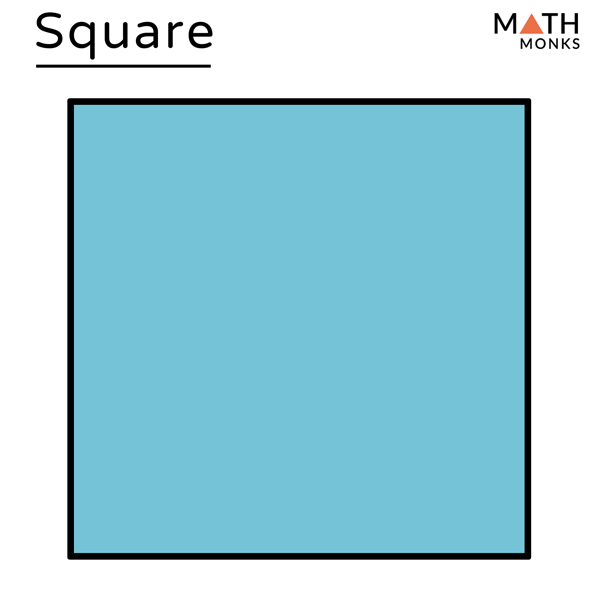

Des motifs gothiques caractéristiques tels que les vitraux ou l’arche sont utilisés pour créer une atmosphère inquiétante ou produire des effets compositionnels. Radcliffe transpose ce gothique ornemental dans la sphère romanesque, réinterprétant le style ancien des « Goths » pour répondre aux finalités dramatiques modernes. Cette reconstruction littéraire de l’architecture gothique entre en résonance avec la réappropriation des formes médiévales par le renouveau gothique au XVIII e siècle. Cet article se propose d’explorer la dimension esthétique de l’architecture gothique dans les romans d’Ann Radcliffe, en particulier ses effets picturaux et visuels, depuis ces détails emblématiques qui estampillent un bâtiment comme étant « gothique » à la création de tableaux pittoresques composés comme de véritables « peintures de mots ». Le château, l’abbaye ou le monastère médiéval en ruine sont en effet des clichés du genre, le décor indispensable à la survenue de toute action. Selon Maurice Lévy, un roman gothique est « gothique » parce que son écriture est intimement liée à une architecture, l’histoire étant la dramatisation d’une demeure. Finally, by inserting Rosa-like banditti into architectural settings, the novelist fuses the Gothic Revival in architecture with a subgenre then popular in painting, to compose her own Gothic “Landscapes with Banditti”. Drawing on pictorial models and the picturesque qualities attributed to Gothic architecture, Radcliffe’s descriptions generate “pictures”, literary equivalents of the “Landscapes with Ruins” popular in her days. Characteristic Gothic motifs such as the painted window or the arch are used to create a sense of dread or reproduce compositional effects. Radcliffe transfers this ornamental Gothic into the realm of the novel, adapting the ancient style of the “Goths” to modern dramatic purposes. This literary reconstruction of Gothic architecture echoes the reappropriation of Gothic forms by the Gothic Revival. The aim of this paper is to explore the aesthetic dimension of Gothic architecture in Ann Radcliffe’s novels, especially its pictorial and visual effects, from decorative emblematic details that stamp a building as “Gothic” to the creation of picturesque “tableaux” composed as true “paintings in words”. The ruined Gothic castle, abbey or monastery is indeed a cliché of the genre, the prerequisite decor for any real action to happen. According to Maurice Lévy, a Gothic novel is “Gothic” because its writing is closely related to architecture, the story being the very dramatization of a building.


 0 kommentar(er)
0 kommentar(er)
